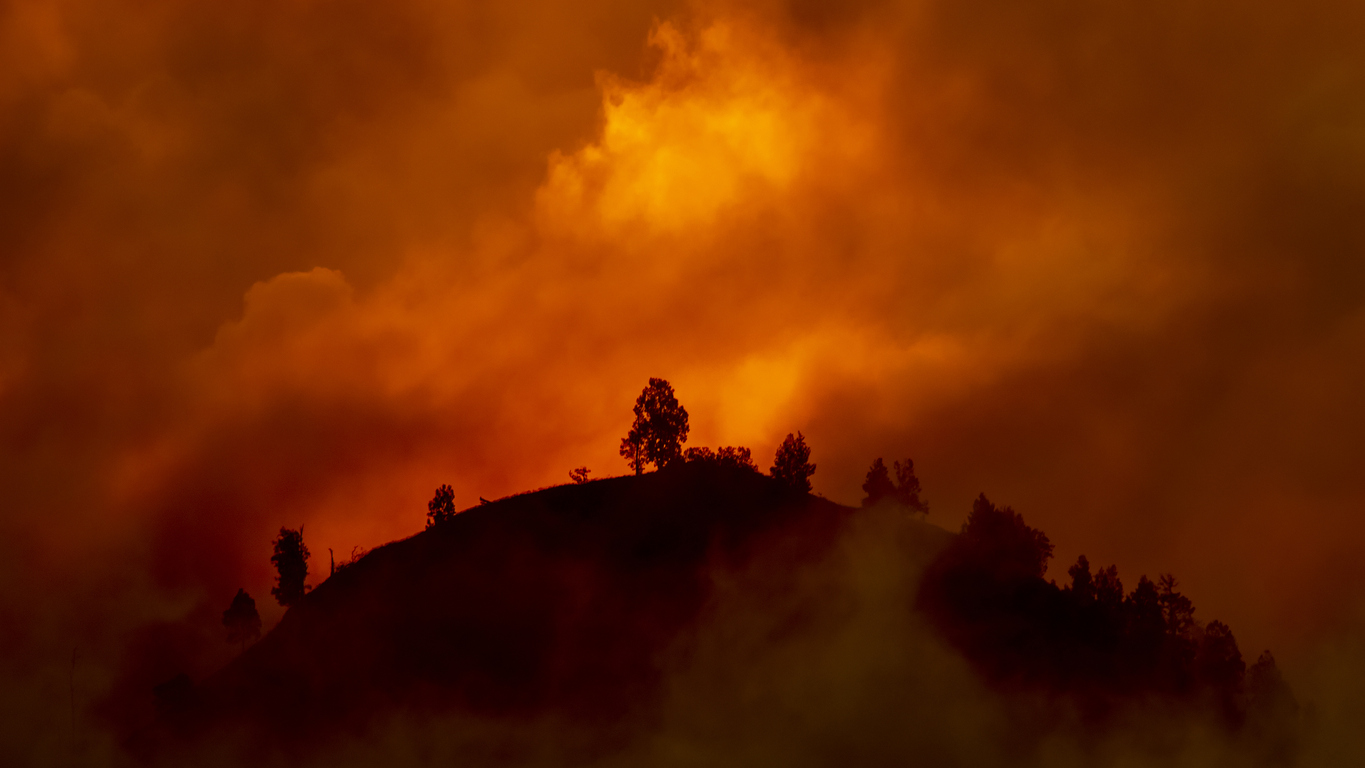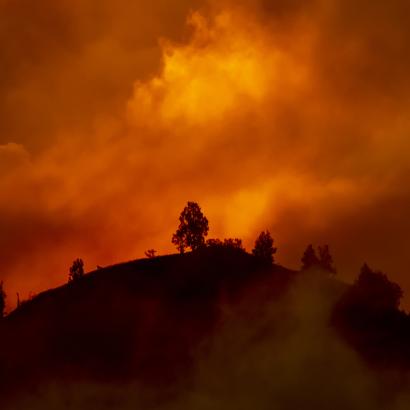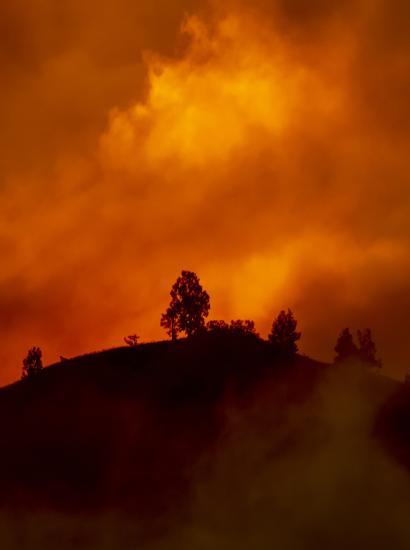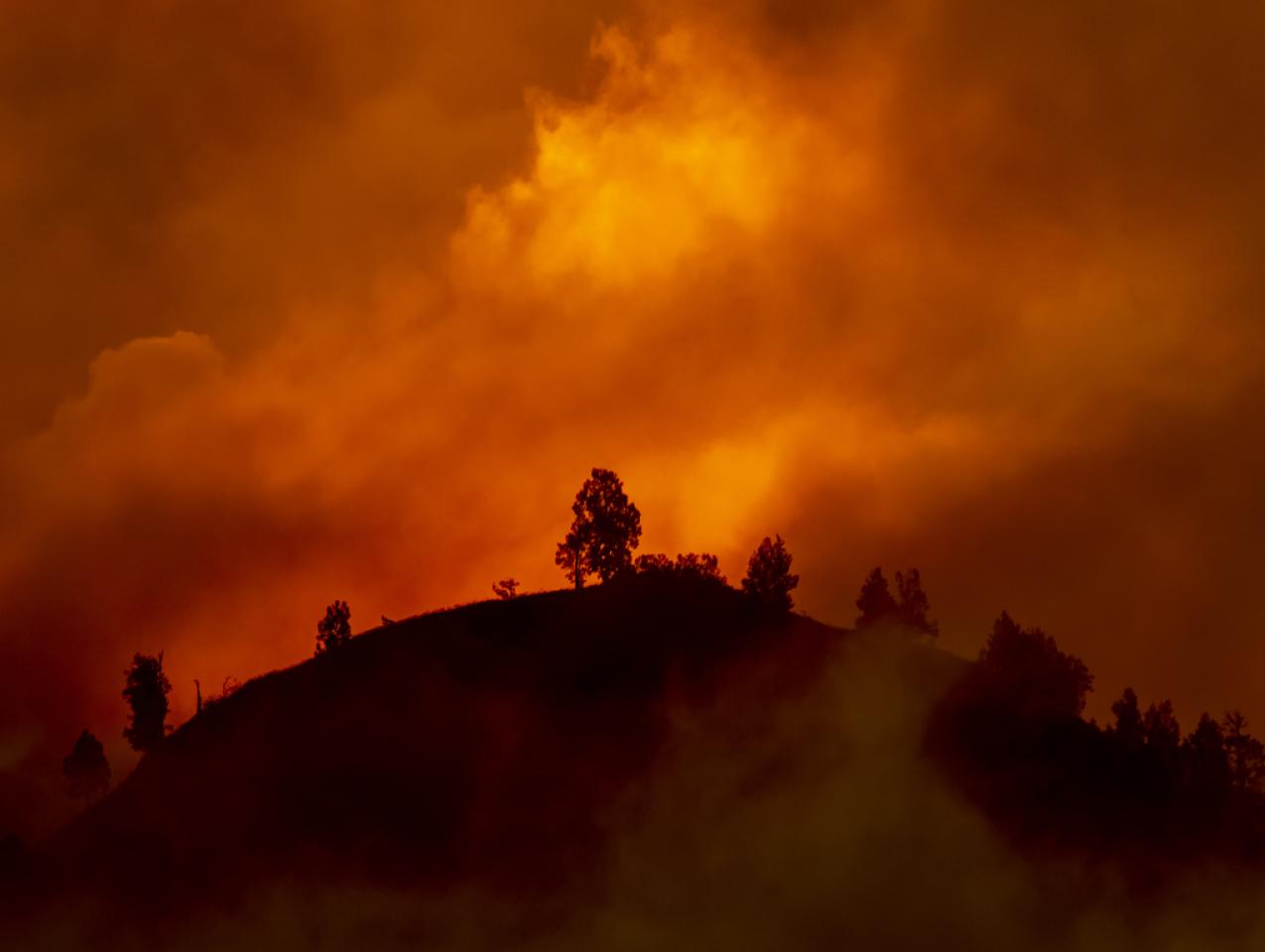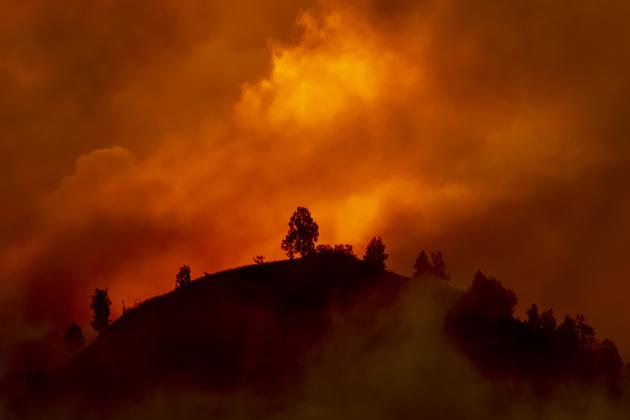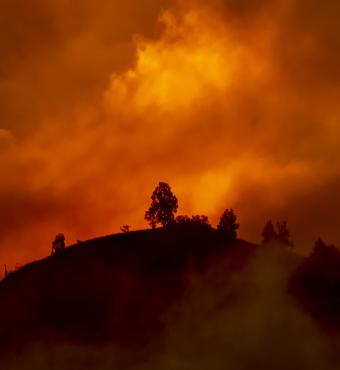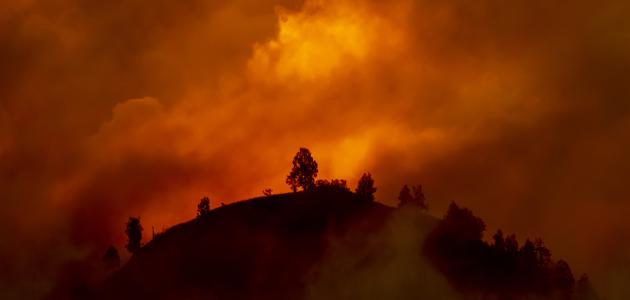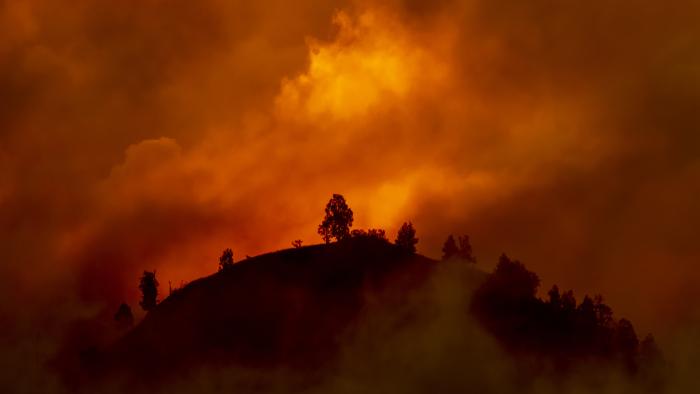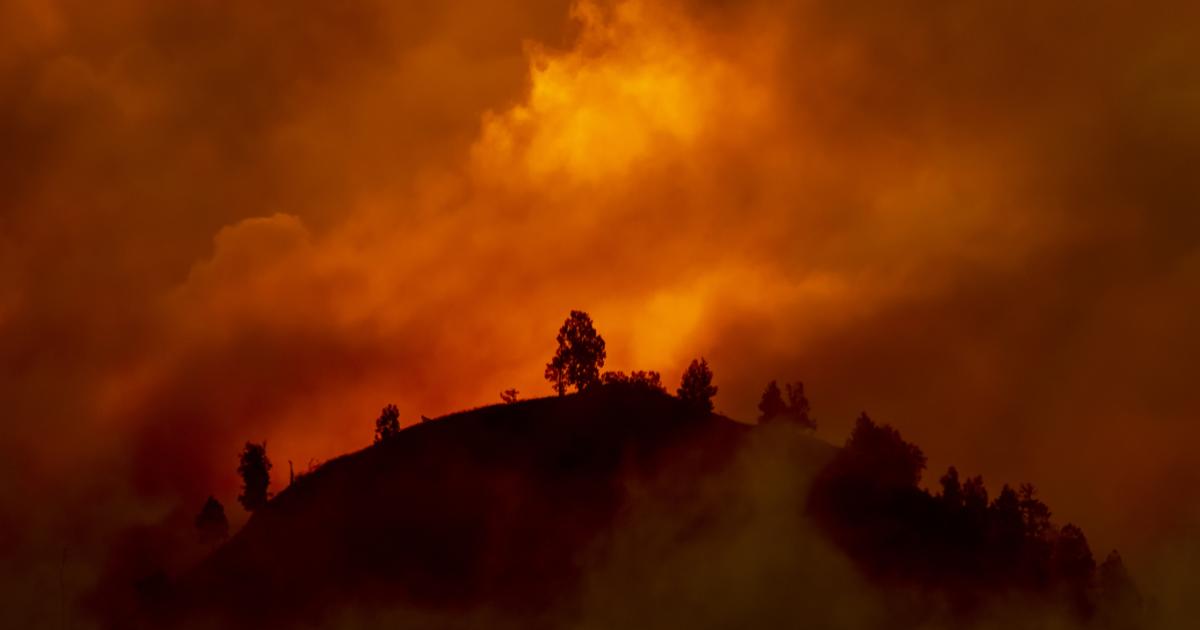- Energy & Environment
- Politics, Institutions, and Public Opinion
- State & Local
- California
One August day I received a notice on the website Nextdoor. It was titled “Rotating Power Outages Likely to Occur Monday Afternoon and Evening,” and here’s the first paragraph:
PG&E [Pacific Gas and Electric] urges customers to conserve electricity in response to the California Independent System Operator’s (ISO) statewide Flex Alert called for Monday (Aug. 17) from 3 to 10 p.m. CAISO is the organization that manages the state’s power grid.
The notice went on to state that the planned outages would likely last one to two hours. It also stated that “utilities will not be able to give advance warning to customers.” In my house, both predictions proved to be accurate.
Was the reason the same as the one given last year for planned outages, namely, the desire to avoid fire threats? No. The planned outages were due to the California state government’s renewable-energy mandate. Unless this policy is reversed, Californians can expect more outages. And if renewable-energy mandates become federal government policy, as many Democrats at the federal level are advocating, Americans in general can expect more planned outages.
Under California law, 33 percent of electricity produced in California must come from renewable sources. The three main forms of renewable energy are solar, wind, and hydropower. In September 2018, Democratic California governor Jerry Brown signed a bill to increase that number to 50 percent by 2025, 60 percent by 2030, and 100 percent by 2045. Brown left office less than four months later, on January 7, 2019. Brown, who is now eighty-two years old, need not worry much about the mess that he and the legislature created. Current Democratic governor Gavin Newsom, and we California residents, do.
The justification often given for such policies is that they will slow global warming. But even if that’s true, they are a particularly inefficient way of doing so. As we’ll see, there are better ways of dealing with global warming.
The Simple Physics and Economics of Solar and Wind
Solar energy has one huge downside and one medium downside. The huge downside is that solar energy cannot produce electricity at nighttime. When the sun goes down, solar energy falls to zero. As is well known, the sun goes down every day in California. The medium downside is that on a cloudy day, solar energy can produce only 10 to 25 percent of the electricity it can produce on a sunny day. This second downside means that solar energy is unreliable even during the daytime.
Similarly, wind power to create electricity is unreliable because sometimes there’s little or no wind.
The fact that solar energy and wind energy are unreliable, along with the fact that electricity produced from solar power drops to zero at night, has a key implication: solar and wind power must be backed up. We cannot rely on solar and wind alone.
The most reliable form of backup to create electricity is fossil fuels. Fossil fuel power plants can be turned on and off. And of the fossil fuel choices, the most environmentally friendly form is natural gas.
But notice what this means. Whereas advocates of renewable energy picture a state or country where 60 to 100 percent of energy is produced by renewables, this cannot be. There will always be a need for backup, and backup is expensive. Further, because the energy production from both solar and wind energy can be zero at the same time, the backup must be capable of producing 100 percent of the energy required. So, if we put hydropower aside, which has its own problems during droughts, the system of solar and wind needs 100 percent fossil fuel power generation, along with the ability to turn that fossil fuel powerplant on and off quickly. That’s wasteful. The costs of backup are folded into the electricity rates that California’s Public Utilities Commission (PUC) allows utilities to charge. It shouldn’t be surprising, therefore, that in 2019 California’s average price per kilowatt hour (kWh) was 19.90 cents. That compares to an average of 13.31 cents for the United States as a whole. In short, Californians paid 49.5 percent more per kWH than the average American.
Beware the Duck
There’s one more problem with solar power: peak electricity use in California occurs in the late afternoon and early evening, when solar power is small or zero.
When I taught an energy economics course at the Naval Postgraduate School in 2015, I made that point. One student responded, “Ah, yes, the duck curve.” In response to my quizzical look, he pointed the rest of the class and me to an image like this one. The line showing the supply of electrical power from “dispatchable sources,” which, as a rough approximation, means fossil fuels, traces what looks like the tail, back, neck, and head of a duck viewed from the side. In the early morning, there’s not much power from solar so electricity production from fossil fuels is high: that’s the tail of the duck. During the day, electricity from solar is high and so electricity production from fossil fuels is low: that’s the duck’s back. Then in the late afternoon and early evening, electricity from solar falls to zero but electricity use rises a lot and so we get the high neck and head of the duck. If you ever wonder about the problems with solar, think of the duck and you’ll quickly see the problem.
If there weren’t such a strong belief in solar energy, the duck curve would be almost a slam dunk against solar. Even environmentalist governor Gavin Newsom inched up to the problem. In a letter to state energy regulators, Newsom wrote:
These blackouts, which occurred without prior warning or enough time for preparation, are unacceptable and unbefitting of the nation’s largest and most innovative state. This cannot stand. California residents and businesses deserve better from their government.
I agree in part with Newsom. These blackouts are unacceptable and we Californians do deserve better. Where I part ways with him is over his view that “this cannot stand.” Unfortunately and maddeningly, it can stand. And it will stand as long as Newsom’s own government enforces the renewable-energy mandate.
Because so many people, including legislators and government officials, believe in solar power, even those who recognize the problem focus on how to handle peak use in the late afternoon and evening without giving up solar. One way is battery storage. The idea is to have solar power create electricity during the day that is then used in the early evening during the peak. That could work, but battery storage is currently very expensive.
Another way to deal with the duck is to reduce electricity usage during the peak hours, usually about 5 p.m. to 8 p.m., and shift it over to midday. This can be done with what economists call “peak-load pricing”: price higher at peak times and lower during the off-peak. This is already being done in California, but it has limits. Even if consumption in the early evening falls, it will not fall to close to zero, which means we will still need fossil fuels.
What About Global Warming and the Environment?
What if the state government were to end the mandate and allow more production from fossil fuels? Then we could avoid rotating outages, except those due to fear of forest fires.
The argument against doing that is that then California’s government would be giving up on its quest to rein in global warming. But that’s not true. There are better ways to reduce global warming.
One way is to impose a carbon tax. I don’t advocate such a tax, for reasons I’ll make clear shortly. But a carbon tax is superior to having a government be a central planner of energy, which is what we have now. Government faces the same problem with energy that it faces with any other kind of central planning: it doesn’t have the knowledge required to decide which kinds of energy are best and in which uses. The occasional planned power outages are only the most visible evidence for the failure of central planning.
The big advantage of a carbon tax is that it doesn't put the government in the position of central planner. Fuels that produce more carbon dioxide per ton will be charged with a higher tax than fuels that produce less carbon dioxide per ton. So whatever level of reduction of carbon use we want to achieve, a carbon tax will achieve that level most efficiently.
But is a carbon tax a good idea now? No, for two reasons. First, as one of the leading economist advocates of a carbon tax, Yale’s William Nordhaus, who won a Nobel Prize for his work in 2018, admits, a carbon tax will be costly. He argues that the benefits are somewhat larger. But there is a case for waiting. The longer we wait, the greater our economic output and wealth, and the greater, therefore, our ability to deal with the effects of global warming. Then if, say, ten years from now, we decide that even a stiff carbon tax is a good idea, we can do it. Moreover, with China’s economy growing rapidly for the next ten years, it will be easier to bring China along for the tax. China’s government now has no interest and without China, the United States—let alone California—can’t do much about global warming.
The second reason to wait is the promise of geoengineering. We had a natural experiment in 1991 when Mount Pinatubo in the Philippines erupted and discharged over twenty million tons of sulfur dioxide into the atmosphere. The haze caused the earth to cool by about 0.5 degrees Celsius. That raises an immediate thought: could we put more sulfur dioxide into the atmosphere on purpose and have a permanent “Mount Pinatubo effect”? Nathan Myhrvold, formerly of Microsoft and now of Intellectual Ventures, thinks it might be feasible. He has calculated that we could do so with a “hose in the sky” that increases current sulfur dioxide emissions by only 0.1 percent. The details are laid out in Steven D. Levitt and Stephen J. Dubner’s book SuperFreakonomics. Interestingly, the authors note that Paul J. Crutzen, who won the 1995 Nobel Prize in chemistry and was famous for alerting us about the ozone hole, thinks that this could work. The cost would be a small fraction of the cost of a carbon tax.
Moreover, solar and wind are not great for the environment. Solar panels to replace a large percent of energy use will take a huge amount of space and installing them kills a lot of wildlife. And windmills act like blenders for endangered birds and bats. Don’t discount bats: they keep mosquitoes and other bugs at bay.
Don’t Forget Nuclear
We shouldn’t get stuck on the word “renewable.” Why does energy need to be renewable if there’s plenty of it to go around? University of Manitoba scientist Vaclav Smil writes in his 2015 book, Power Density: A Key to Understanding Energy Sources and Uses, today’s energy system requires just 0.5 percent of all the land in the United States. To generate all of our energy—electricity and otherwise—with renewable sources, he estimates, would require 25 to 50 percent of all the land in the United States. Say goodbye to many parks, forests, and wildernesses.
How about nuclear power?
Nuclear power produces no carbon emissions, meaning it has the potential to help with global warming. Nuclear powerplants are small but potent, freeing up land for wilderness and parks. Will electric cars become more popular? We’ll need clean electricity to power those cars. Nuclear powerplants are clean and safe. Nuclear power’s known total worldwide death toll since it was first initiated is about 100. This includes Chernobyl. Contrast that with the estimated 1.6 million people who died prematurely as a result of indoor air pollution in 2017 because of a lack of good electrical power. The corresponding number from pollution due to coal power is 800,000 per year.
What about the waste from nuclear? In his new book, Apocalypse Never, environmentalist Michael Shellenberger points out that a single Coke can full of uranium can provide enough energy for a lifetime of an American-style high-energy life. That small amount of waste product can be safely stored at the powerplant or elsewhere.
One limitation of nuclear power is that it can’t easily be turned off and on. So the optimal combination could well be nuclear for the base load, and natural gas for the peak load.
The energy road we are following in California is taking us to dark places, literally. We can avoid manmade power outages. But to do so, we need to change our course. And even if California policy makers don't change course, there’s hope for the rest of the country to avoid our manmade outages.







